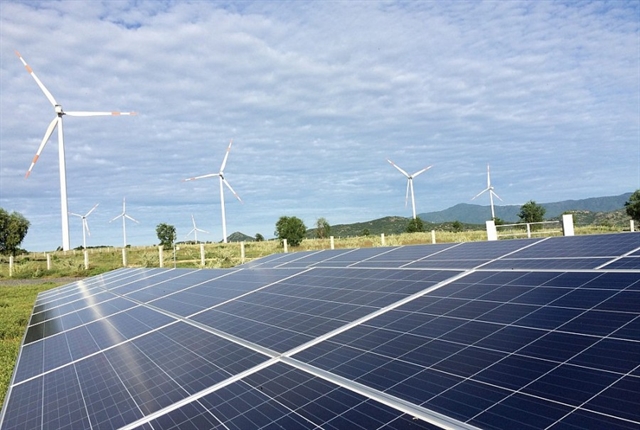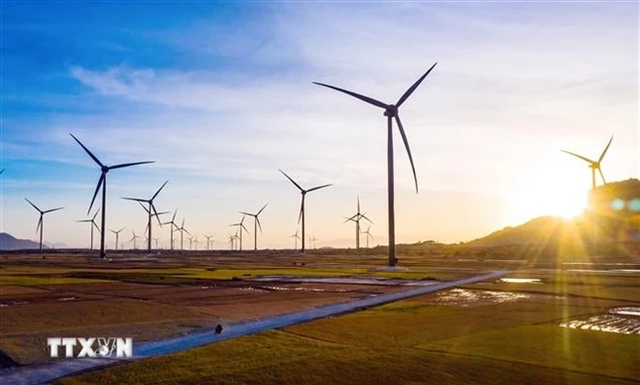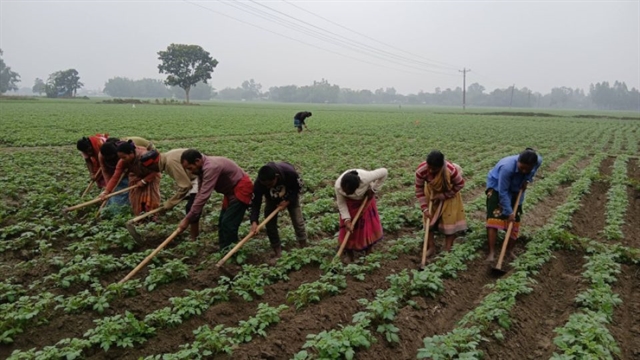 Economy
Economy

 |
| Renewable energy complex by Trung Nam Group in Thuận Bắc District, Ninh Thuận Province. — VNA/VNS Photo Công Thử |
HÀ NỘI — On behalf of the Government, Deputy Prime Minister Trần Hồng Hà has approved the implementation strategy for the national power development master plan for 2021-30, with a vision to 2050, laying out a comprehensive roadmap for economic and social growth by ensuring robust and reliable electricity supply.
The plan champions a decisive shift away from fossil fuels towards cleaner, renewable energy sources.
It's a resolute commitment to slashing environmental pollution and curbing greenhouse gas emissions, aligning squarely with Việt Nam's pledge to achieve net-zero emissions by 2050.
Key to its success is investment in power projects, with a keen eye on the priorities outlined in the National Power Plan VIII. This means fostering seamless coordination among ministries, sectors and provincial authorities to drive effective implementation.
The list of important power projects prioritised for investment by 2030 includes various types such as thermal power, LNG (liquefied natural gas) power, coal-fired power, hydroelectric power and renewable energy sources.
The Government targets to raise the total domestic gas-fired power capacity to 14,930MW and the total LNG-fired power capacity to 22,400MW.
The Government also plans to increase the total coal-fired power capacity to 30,127MW and the total hydro-power capacity to 29,346MW by the end of this decade.
The total offshore wind power capacity is expected to reach 6,000MW, onshore wind power is projected to amount to 21,880MW by 2030.
The Government plans to import from 5,000MW to 8,000MW from Laos, with the potential to ramp up capacity under favourable conditions. It also outlines specific lists of important transmission grid projects, prioritising investment in interconnected grids with neighbouring countries.
This strategic move not only bolsters Việt Nam's energy security but also fosters regional cooperation.
Renewable energy takes centre stage, not just for domestic consumption but also for export, with a focus on regions with good renewable energy potential and favourable grid infrastructure.
For rural, mountainous and island areas, it includes providing electricity to 2,478 small- and medium-sized pumping stations in the Mekong Delta region, as well as supplying electricity from the national grid or renewable energy sources to remaining islands in Quảng Trị, Kiên Giang, and Bà Rịa-Vũng Tàu provinces Tri, Kien Giang.
900,000 households in these areas are expected to be electrified, even including with renewable sources.
Moreover, there are plans to build two interregional industrial and service centres for renewable energy, with one in the northern region and one in the central-southern region, aiming to develop an industrial ecosystem related to renewable energy services. — VNS




